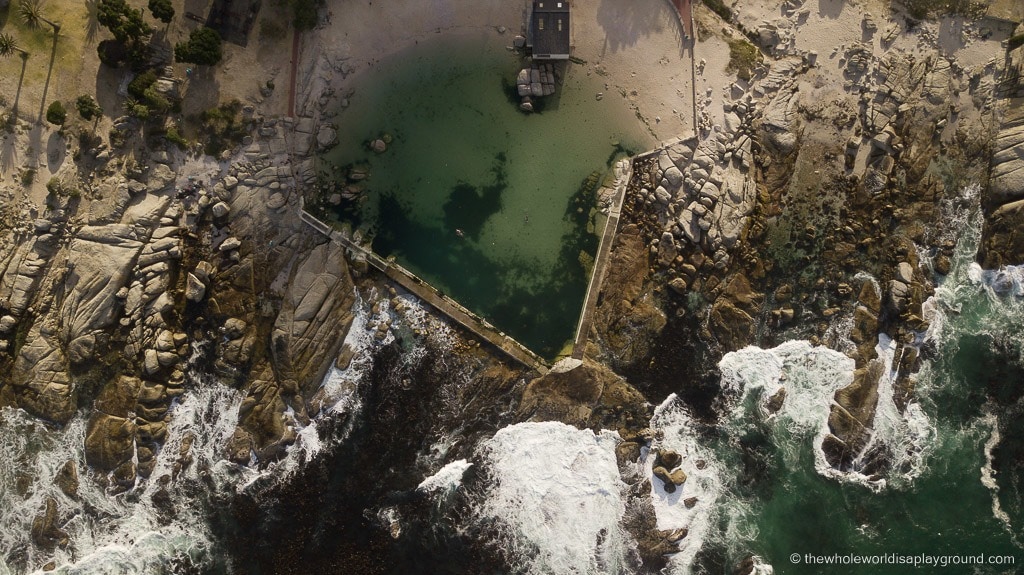So which filters do most people find that they use for still shots in daylight, either some cloud or sunny?
Polarized or unpolarized?
ND 4, 8, 16 or greater?
I regularly use polarizers for my DSLR to make skies deeper blue as well as define clouds better. They also darken the color of the sea as well as define it better. A good polarizer can let you see the floor of the ocean near a coast whereas normally the surface would have reflections from the sun or the skies.
I haven't bound a drone yet but looking to buy a filter kit, though some bundles include ND filters, probably from no-name brands.
For normal still photos, you either wouldn't use a ND filter at all or use the weakest polarizer you can (just a regular PL with no additional ND value) and it sounds like you already know the limitations of using polarizers on drones. The only benefits to using ND filters for stills are for longer exposures or if the scene is so bright that it exceeds the maximum shutter speed of the drone/camera at your desired settings.
Don't expect to get sharp exposures longer than roughly 1-1.5 second from the drone, especially if there is any wind. Everyone has different tolerance thresholds for sharpness, which is totally fine and may not matter depending on the intended final usage, but every shot I've seen that is much longer than that is what I would personally consider unacceptably blurry when viewed larger than web-size (which is 99% of the photos you will see). You can mitigate this somewhat with huge subject distances and post processing. Even 1/4 second is plenty to get a great waterfall shot in most instances though, so there is still a ton of flexibility there.
For video you can get away with a ND4 and ND16 if you are willing to change your aperture between F2.8 and F4, as that pair will give you the equivalent of a ND4, ND8, ND16, ND32 all else equal. After F4 the
M2P image starts to degrade due to diffraction, but it's up to you how you care about that - if you're not picky, up to F5.6 might be OK.
There is no single answer to what ND filters to buy, it very much depends on the conditions you want to fly in, the apertures you're comfortable using, and the shutter speeds you plan to use. I am also assuming ISO100 as it's pretty rare one would deviate from that. I think a lot of people own a ND4 - ND32 and that will cover the vast majority of scenarios, especially if you are flexible with aperture. If you fly over sun-lit snow, you might need a ND64 to maintain 1/60 shutter, but stopping down one stop or raising the shutter speed slightly you can get away with a ND32 still.
Avoid the no-name brand filters as there are 2 main concerns. Quality is obviously one of them, you don't want to put crappy glass without proper anti-reflective coatings in front of the sensor you paid so much money for. Second, they need to be light enough as to not cause problems with gimbal calibration. All the reputable brands seem to have this sorted out (Polar Pro, Skyreat, etc.) Filters are so cheap anyway relative to the cost of the drone, there is no point in trying to save a few dollars on them by going no-name, at least in my opinion. I have the same opinion about memory cards.











